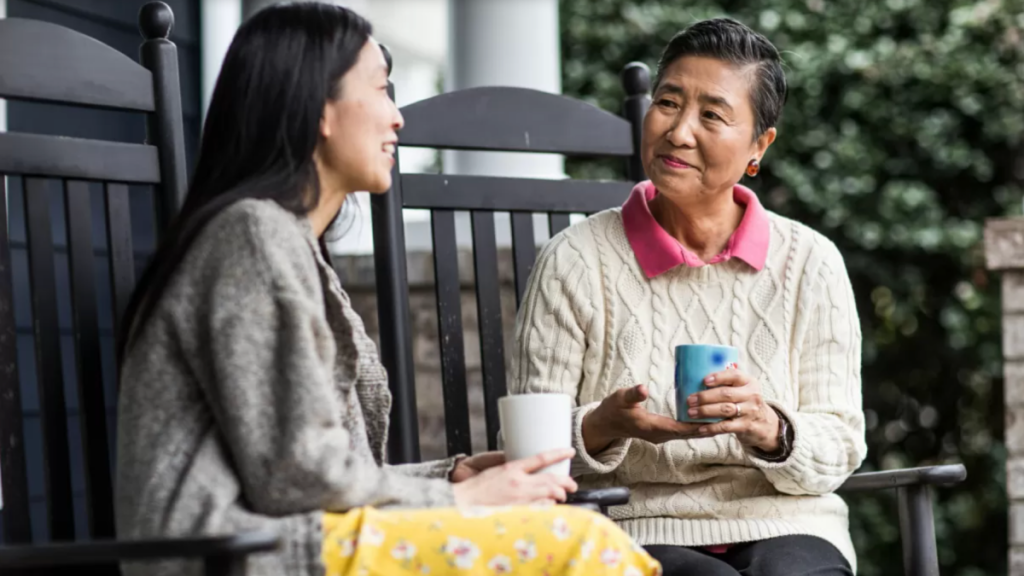As people live longer, their need for care toward the end of their lives is also increasing. Consequently, more adults are finding themselves in the position of caregiver for an elderly spouse, relative, or friend.
They may be caring for the individual in the latter’s home or overseeing their care in a nursing home or assisted living facility. Whatever the context, they assume responsibility for taking care of those who cannot take care of themselves. It’s a weighty responsibility, and some caregivers feel ill-equipped to bear it. But as with any role in life, being well equipped is half the battle.
If you’re an adult caregiver to a beloved elder, consider your loved’s one context and stock your toolbox accordingly. That way, you can be prepared for the expected as well as the unexpected. If you aren’t sure where to begin, here are a few of the elder care essentials you’ll need.
1. A Documents File
Life comes with paperwork, which means that having the necessary documents is always essential when caring for an elder. You can keep them in a binder, a file folder, or an envelope. What’s important is which documents you put inside.
Start with those that identify the person you’re caring for. This includes a driver’s license, passport, or state-issued identification card with a photo. Don’t forget to include Social Security, Medicare, Medicaid, and other health insurance cards as well.
Next, assemble the “power” documents. These include advance healthcare directives, do not resuscitate (DNR) orders, and physician orders for life sustaining treatment (POLST). These will be vital in the event of a medical emergency.
Don’t forget the durable power of attorney for healthcare, court-issued conservator designation, and other powers of attorney. Let’s say you need a nursing home abuse attorney to represent your loved one. You’ll need proof of your legal standing to pursue a claim on their behalf.
Finally, keep an updated list of medications or copies of prescriptions in the file. Initially locating these documents may take some time. But when you need to produce one later in a pinch, it will be right at your fingertips.
2. Safety Equipment
If your elder is still at home, there are numerous tools you can employ to make their environment a safer place for them. You’ll just need to do a little research, read some customer reviews, and put them in place.
Start with devices that monitor activity, especially falls. Options include wearables, wall-mounted buttons, and voice-activated systems that notify a call center. Some wearables will automatically make emergency contact when the wearer has been still for too long.
GPS tracking is a necessity for those who suffer from Alzheimer’s or other forms of dementia and are still mobile. There are wearables such as safety watches you can monitor via your mobile phone. Other devices can be attached to vehicles or placed in handbags. These potentially life-saving devices can help you avoid a Silver Alert for a wandering senior.
Install grab bars in tubs, showers, and near toilets, as well as handheld shower heads in bathrooms. Shower seats, non-skid tub mats, ramps, bed rails, and secure railings on stairs are likewise essential items. So are nightlights and medication sorters, which are extremely inexpensive but highly effective.
Certain Medicare Advantage plans, Medicaid plans, and other health insurance coverage may pay for the cost of some safety items. You can also check out discounts from organizations like AARP. There are a lot of choices, so be prepared to shop around for the best options for your loved one.
3. First Aid Kit
A well-stocked first aid kit can truly be a lifesaver, particularly if your loved one isn’t being cared for in an institutional setting. There are some basic items every kit should include. Other essentials will depend on specific issues suffered by the person under your care.
A digital thermometer, blood pressure monitor, and a fingertip pulse oximeter to measure oxygen saturation levels are great tools. If your loved one has pre-diabetes or diabetes, you’ll need to have a glucose monitor as well. These devices may be standalone, or continuous glucose monitoring can be done by wearables, some of which will pair to a cellphone or smartwatch.
Wound care items are also vital, as elderly people are susceptible to bleeding for three key reasons. First, their skin has become thinner and easier to cut. Second, reduced coordination and balance makes them more likely to sustain injury. And third, they may be taking blood thinners, which makes the flow harder to stem.
Make certain your first aid kit includes saline solution to clean wounds, plenty of gauze and tape, antiseptic, and bandages. Ice packs, antibacterial gels and wipes, tissues, tweezers, nail clippers, scissors, and aloe vera are must-haves too. You can also drop in over-the-counter medications, such as acetaminophen, cough drops, and antacids, but clear them with your loved one’s doctor first.
Also consult their healthcare provider about any other items to include, such as candy in the event of plummeting blood sugar. Just make sure you secure everything in a single location so you can access needed items quickly and easily. After all, the whole point of a first aid kit is to respond to emergencies right away.
Be Prepared
Serving as a caregiver to an elderly loved one is a role more and more adults are taking on. Of course, you can’t anticipate every event that may occur on your watch. But arming yourself with some essentials will help you deal with most situations when they arise. As the Boy Scout motto says: Be prepared.




